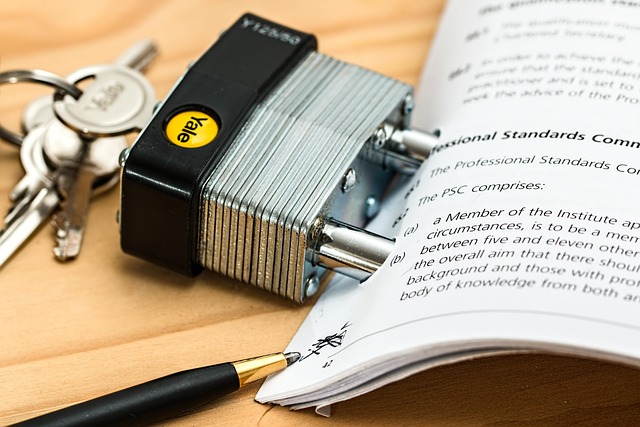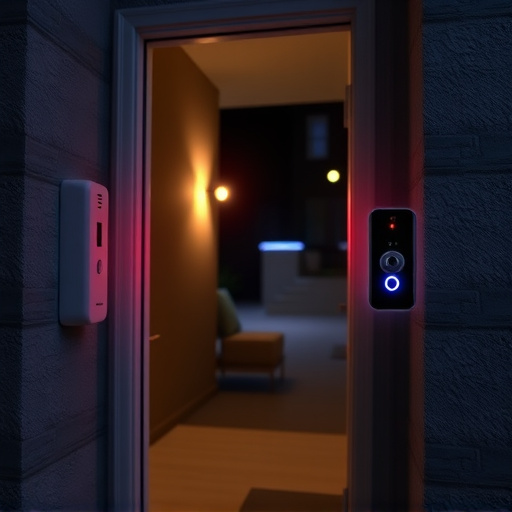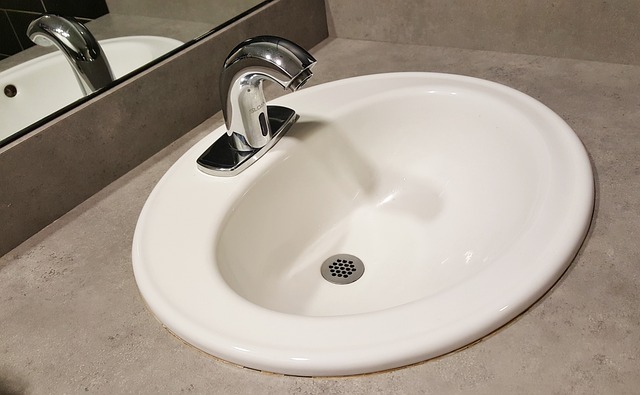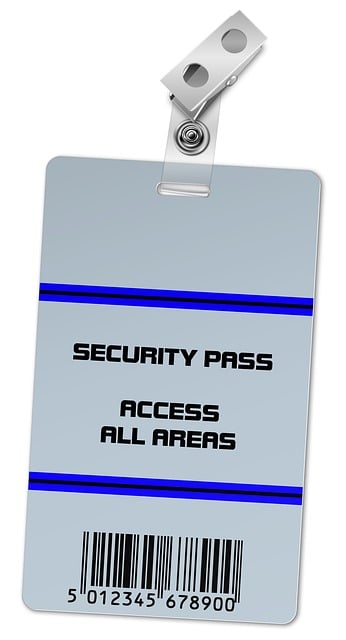In healthcare, prioritizing patient safety requires accurate verification of healthcare worker credentials to prevent errors and malpractice. Manual processes are time-consuming and error-prone, especially in large facilities with frequent staff turnover and lack of standardization. Implementing automated healthcare worker credential verification systems using electronic platforms that cross-check against authoritative databases is crucial. These solutions must account for dynamic changes in credentials and maintain regular updates to ensure only qualified professionals provide care, ultimately safeguarding patient safety.
Patient safety is paramount in healthcare, and ensuring the credibility of healthcare worker (HW) credentials is a cornerstone. Despite established processes, current challenges like fraudulent credentials, outdated verification methods, and fragmented data pose significant risks. This article explores the critical need for robust HW credential validation, delving into the current landscape, identifying challenges, and proposing effective solutions to enhance patient safety through streamlined and secure credential verification.
- Understanding the Importance of Healthcare Worker Credentials Validation
- Current Challenges in Verifying Patient Safety
- Implementing Effective Solutions for Credential Verification
Understanding the Importance of Healthcare Worker Credentials Validation

In the high-stakes realm of healthcare, ensuring patient safety is paramount. A critical component of this safety net is validating the credentials of every healthcare worker involved in patient care. Healthcare worker credentials verification isn’t merely a bureaucratic formality; it serves as a robust defense against medical errors, malpractice, and compromised patient outcomes. Accurate and up-to-date credentials ensure that patients receive treatment from qualified, licensed, and competent professionals. This process is crucial for navigating the complex landscape of healthcare provider licensing, certifications, and continuing education requirements.
Current Challenges in Verifying Patient Safety

In today’s digital age, verifying patient safety through healthcare worker credentials has become increasingly complex. The current system relies heavily on manual processes, which are time-consuming and prone to errors. This presents a significant challenge, especially in large healthcare facilities where thousands of workers come and go, making it difficult to maintain accurate and up-to-date records. Additionally, the lack of standardization across different states or regions further complicates the verification process.
Another hurdle is the evolving nature of healthcare regulations and certification requirements. With new specialties and subspecialties emerging constantly, keeping track of valid credentials for each patient interaction becomes a daunting task. Furthermore, issues like license expiration, recertification, and disciplinary actions require continuous monitoring to ensure that only qualified and competent professionals are providing care, ultimately safeguarding patient safety.
Implementing Effective Solutions for Credential Verification
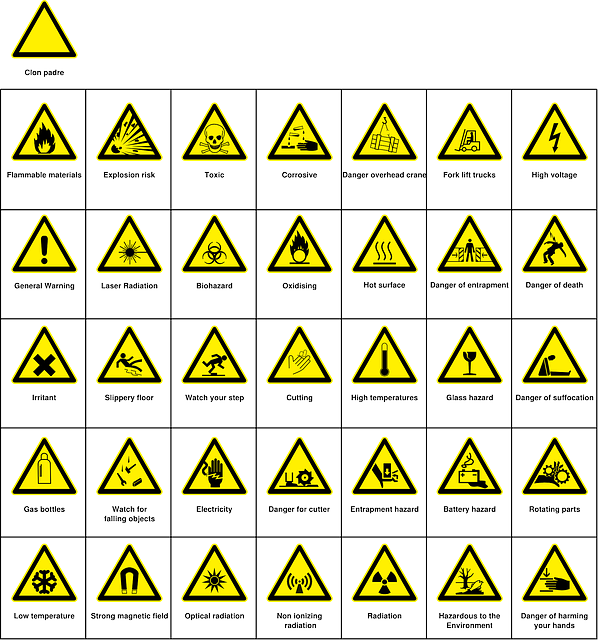
Implementing effective solutions for credential verification is a cornerstone of patient safety in healthcare. By integrating robust systems that automate and streamline the process, healthcare organizations can significantly reduce errors and ensure only qualified professionals gain access to sensitive patient information. This involves utilizing technology like electronic verification platforms, which cross-check credentials against authoritative databases, ensuring accuracy and immediacy.
These solutions must also consider the evolving nature of healthcare worker credentials, incorporating checks for continuing education, certifications, and license renewals. Regular updates and audit trails are essential to maintaining a comprehensive view of each healthcare worker’s qualifications. Moreover, integrating these verification processes into existing workflows ensures compliance, minimizing disruptions while maximizing patient safety by verifying credential validity before every interaction.
